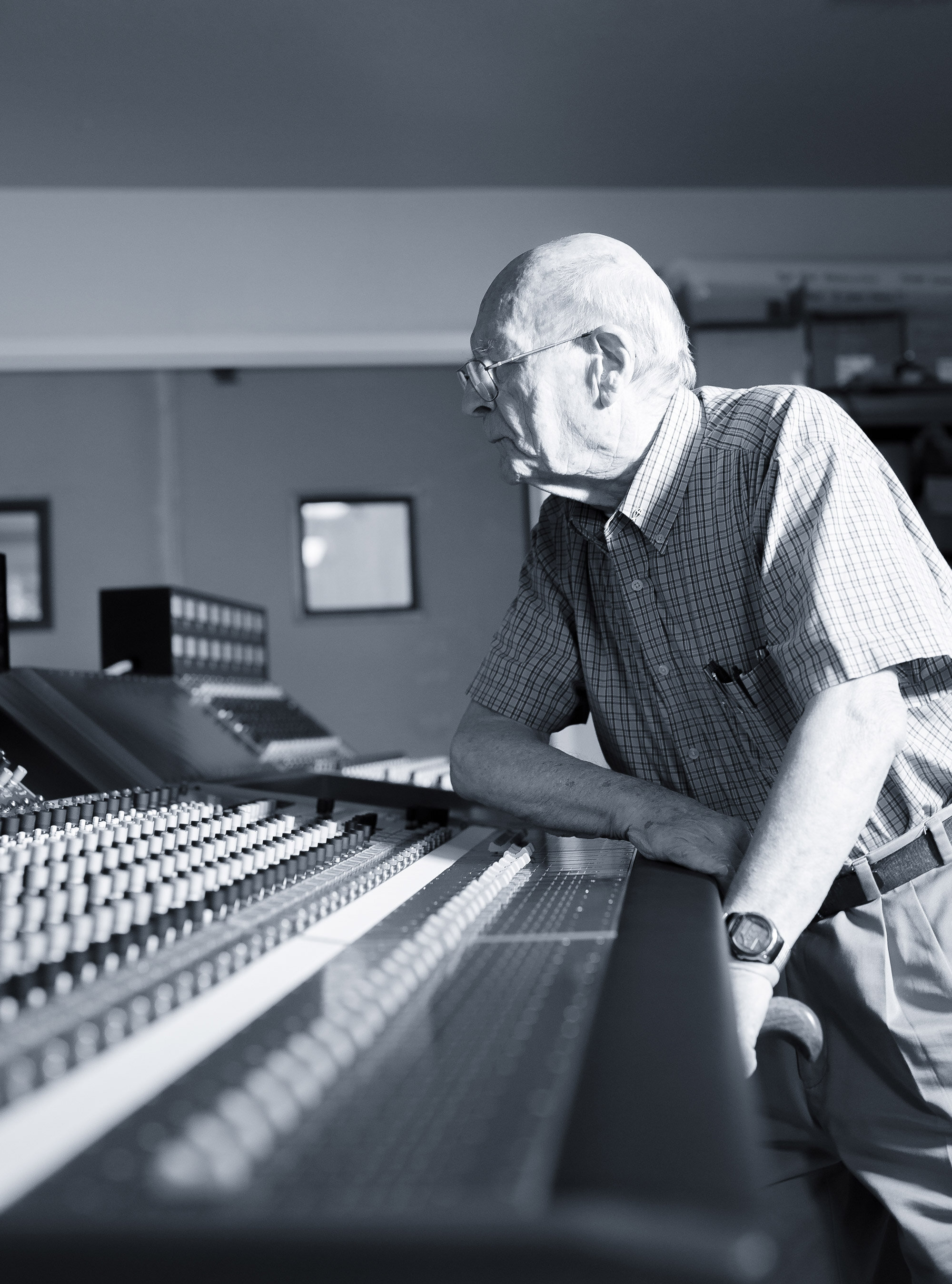“He’s a genius.”
Rupert Neve Designs is the culmination of over six decades of Mr. Neve’s legendary work.
With Rupert as their founder and mentor, Rupert Neve Designs’ team of engineers preserve the revered elements of his most prized vintage designs, while thoughtfully advancing and refining their feature sets to meet the needs of the modern recording engineer. All of the company’s recording and playback equipment is crafted to uphold the very highest standards of musical quality while providing practical, innovative solutions for the engineers, musicians, and audiophiles of today and beyond.

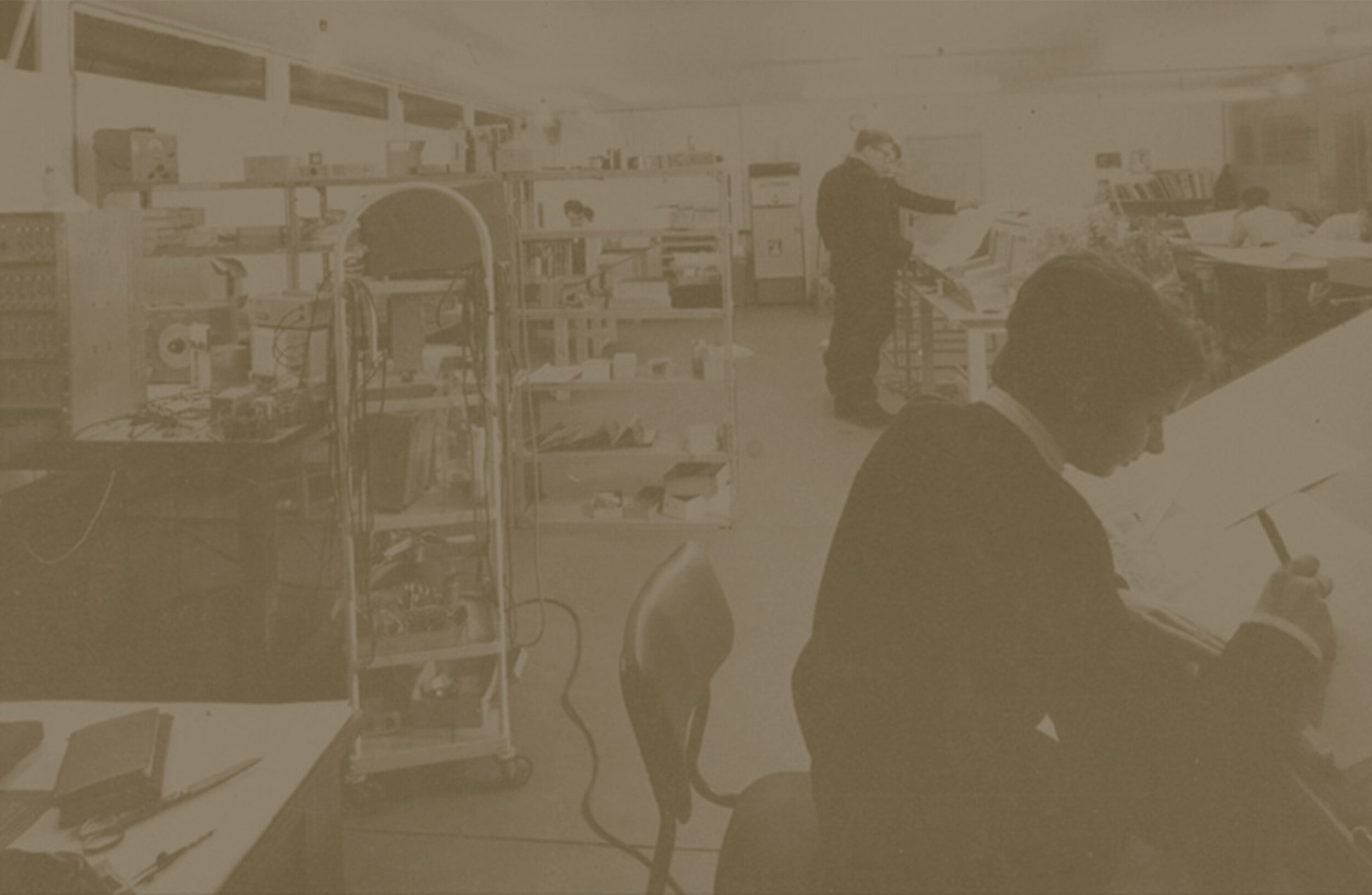
From his earliest memories, Rupert always had a love for music, electronics, and problem-solving.
These passions led to a brilliant design career spanning over 80 years, earned him a Technical Achievement GRAMMY® Award, the Audio Person of the Century title from Studio Sound Magazine, and 16 TEC Awards with Rupert Neve Designs.
Rupert’s story spans the globe: growing up building radios in Argentina before WWII, creating the very first “modern” recording consoles in England, and elevating analog circuit design for the modern world in Wimberley, Texas.
The Early Years
As a boy in Argentina growing up during the days of WWII-related shortages, Rupert responded to people’s needs to hear the news on the radio.
He mended radios, built radios and sold them to friends, studied the Radio Amateurs Handbook, knew the valve catalogues by heart, and haunted the local radio shop discussing the merits and shortcomings of components, building a store of practical knowledge.
Rupert’s childhood home in Buenos Aires, Argentina.
At the age of seventeen, in company with British boys all over the world, he volunteered to serve King and Country to fight the war. He joined a convoy sailing very slowly for England, where he served in the Royal Signals. Civvy street saw him in the West Country of England using a small legacy from his grandmother to buy a van – an ex-US Army Dodge ambulance. He set about building and installing equipment to convert it into a mobile recording and public address control room. He recorded choirs, amateur operatic societies, music festivals and public events on 78 RPM lacquer disks – all well before the days of tape and multi-track recording, where there were no second chances.
He provided public address for Princess (later Queen) Elizabeth II at the reopening of St. Andrews Church, rebuilt after the blitz. And when Winston Churchill came to Plymouth to support his son Randolph’s political campaign, Rupert was there with a massive PA system covering the whole city center, microphones and loudspeakers feeding in and out of amplifiers he designed and built.
In 1951, Rupert met Evelyn.
When romance blossomed and Evelyn’s father asked, “How do you propose to keep my daughter in the manner to which she is accustomed?”, it seemed the only thing to do was to get a proper job.
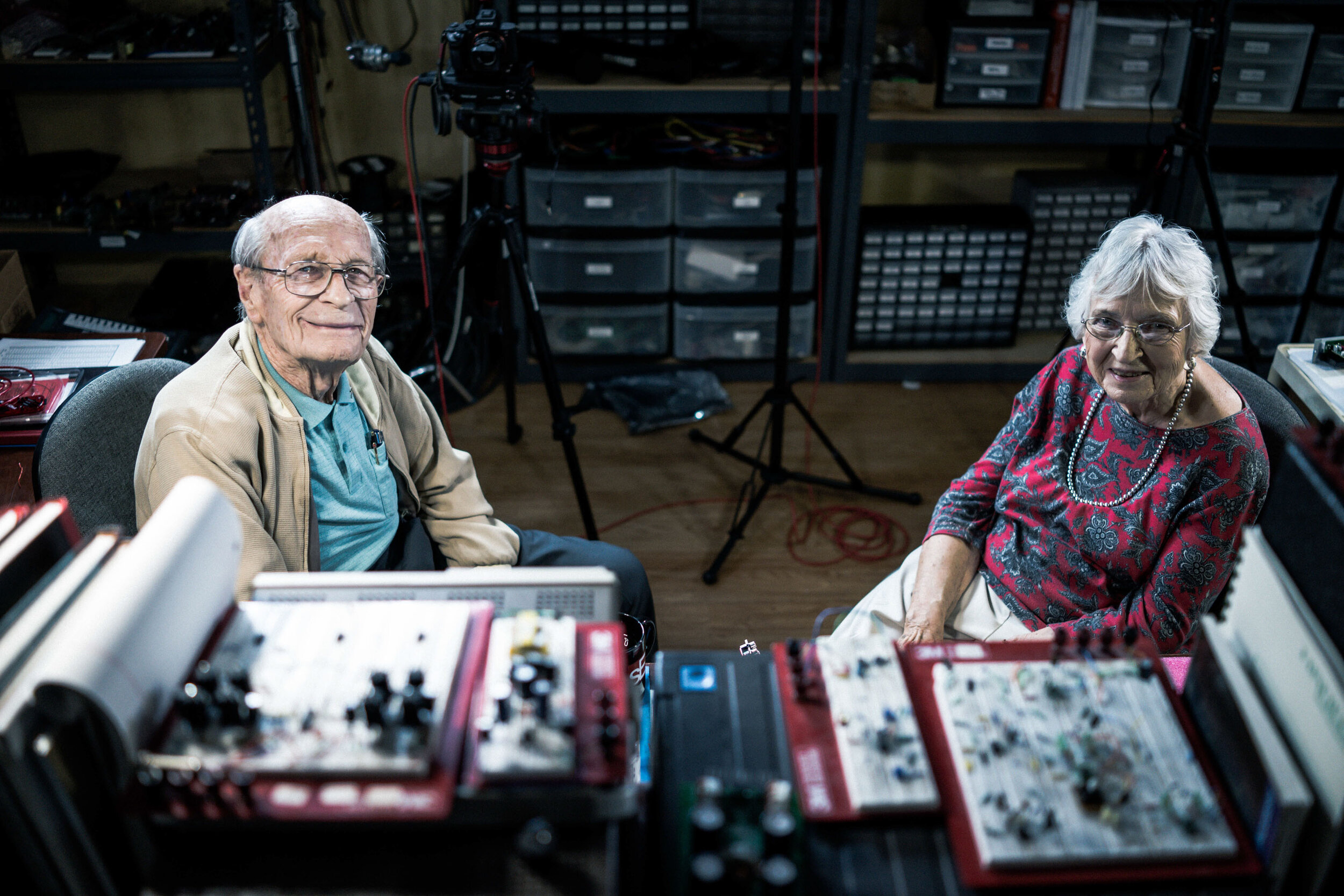
Rupert first gained audio design and manufacturing experience with Rediffusion, Ferguson Radio, and as Chief Engineer of a transformer manufacturer.
His first real equipment designs came in the form of CQ Audio, where he created a number of early hi-fi loudspeakers and amplifiers. While CQ Audio never became a giant, these experiences gave Rupert some of the production and marketing knowledge he would need when founding the Rupert Neve Company.
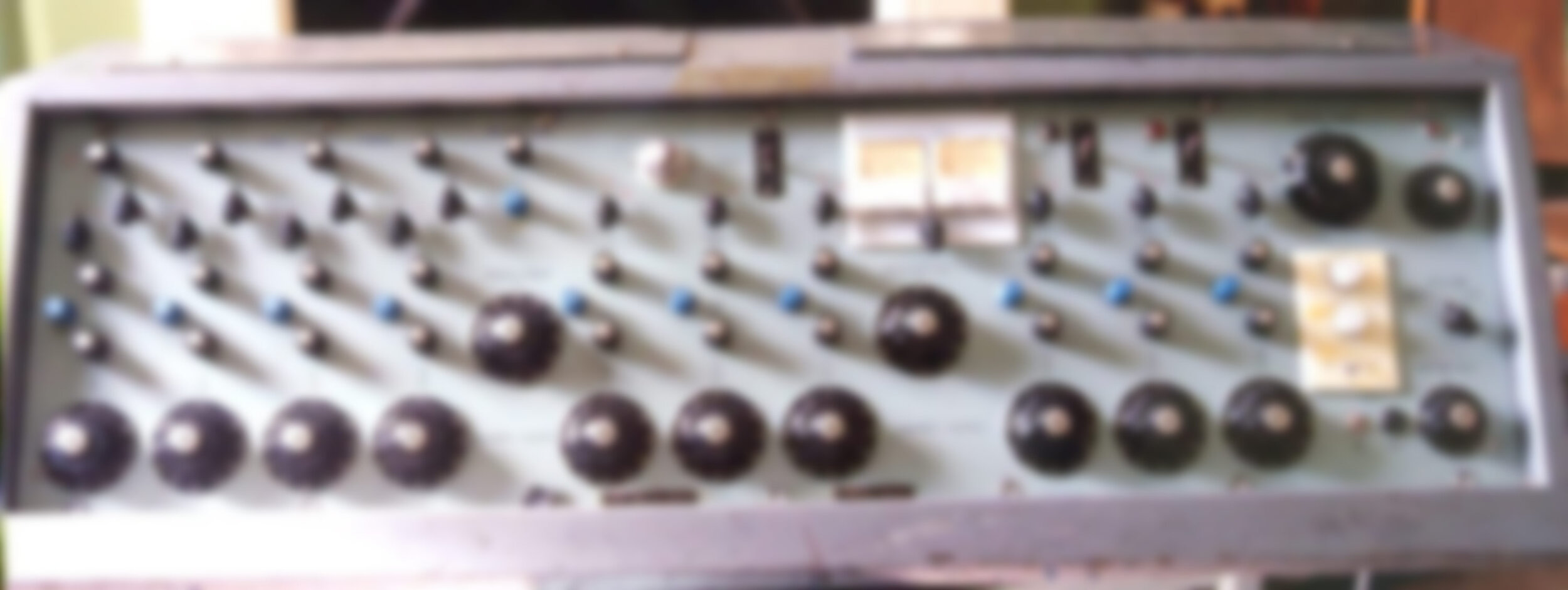
The First Mixer
Desmond Leslie, a professional composer of Musique Concrete, had a room full of tape recorders (a new medium in those days) loaded up with “concrete” (real-world) sounds. He needed a device that would help him mix these sounds together, specifically for an EMI contract for the musical background to Shakespeare plays.
Rupert designed a mixer and gave Desmond a price, to which he agreed. But as Rupert had not yet set up a formal business of his own, there was no money to pay for the parts. As this was a truly unique, custom-designed piece of equipment, and not sellable to anyone else, Rupert and Evelyn decided to ask Desmond for one third of the price in advance. Desmond agreed, and Rupert’s very first mixer was built.
This and other early one-off designs began to build his reputation and connections, while also helping him understand the needs of the recording world – which was on the verge of a revolution with the advent of rock & roll and multitrack stereo recording.
The Rupert Neve Company
At the start of the ‘60s, a new opportunity presented itself: the advent of the pop music scene in London. Two studios were foremost in London to recognize the need for new sound processing and mixing techniques to fit the modern music of that day. They were Recorded Sound Ltd and Phillips Records Ltd.
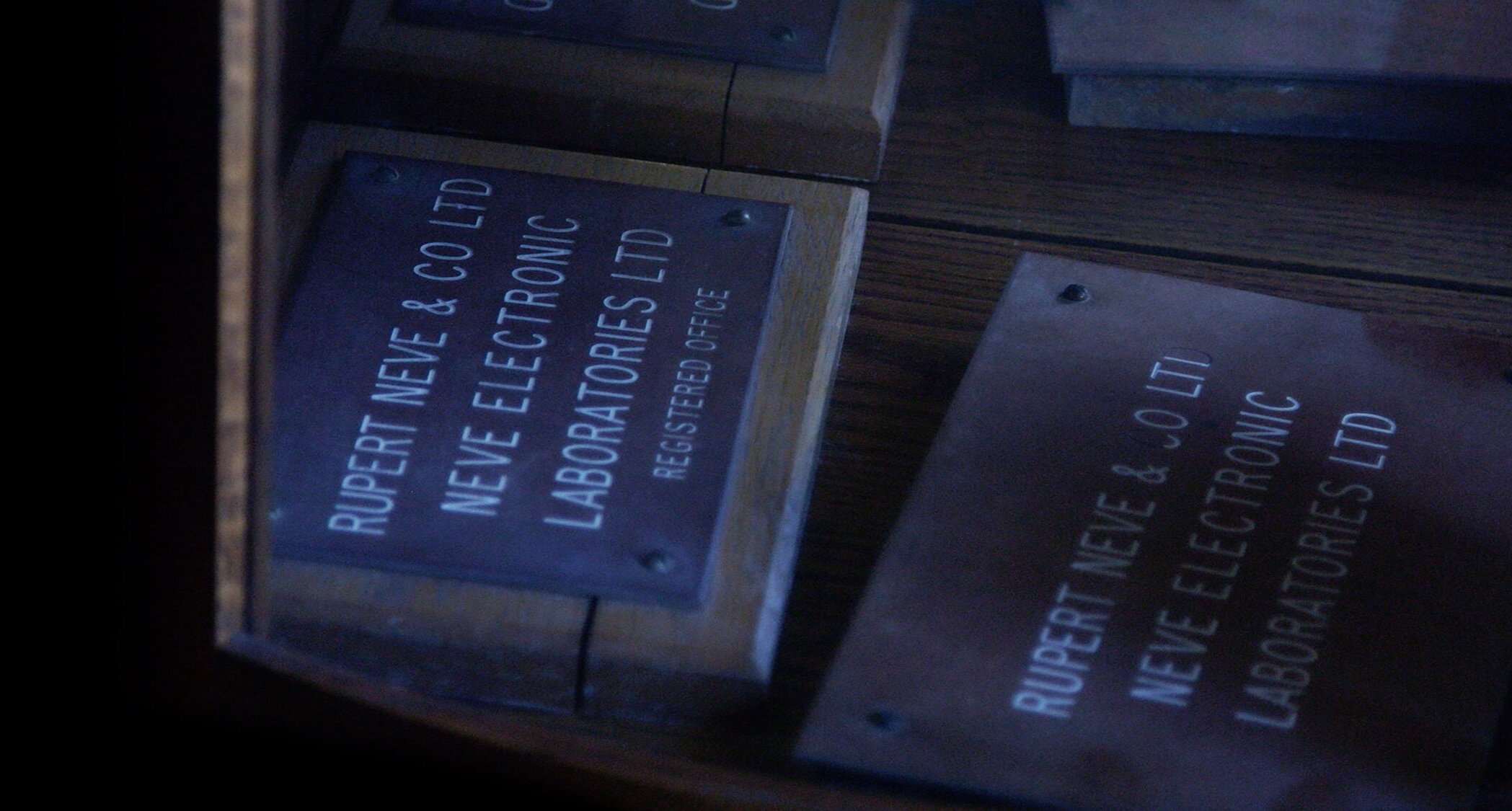
Recorded Sound Ltd.
One of Rupert’s very early clients was Leo Pollini of Recorded Sound in London, for whom he designed and built two valve consoles. The first was for the studio. The design was based on the successful equipment Rupert had built in the Plymouth days and included features that were innovative for that period.
The other was an outside broadcast console. Recorded Sound had a contract with Radio Luxembourg to broadcast a series of live Sunday afternoon concerts for which they needed a high quality, reliable, transportable console with all the features of studio equipment and the capability of feeding music landlines. This console was based on the earlier studio console that had been working successfully at the Bryonstone Street Studio. Both these consoles were used for many years by Mr. Pollini, who found them robust and very reliable – characteristics for which Rupert’s equipment became renowned.
Phillips Records Ltd.
By 1964, Rupert had developed high-performance transistor equipment that replaced the traditional valve designs. The first client for the new transistor equipment was Phillips Records Ltd. Rupert was commissioned to design and build a series of equalizers to enable them to change the musical balance of material that had been previously recorded. This was before the days of multi-track tape machines, when rebalancing a 2-track recording usually meant an entirely new session with artists, producers and engineers, all reconvened at great expense. Now, it could be done with Mr. Neve’s innovative and musical equalizers.
The success of these equalizers led to orders from Phillips and other recording studios for mixing consoles, which soon attained a reputation for excellent workmanship and sonic clarity. Demand grew rapidly.
Very quickly, these new designs became the industry’s premiere choice for both recording and broadcast.
In the 10 years between 1965 and 1975, the Rupert Neve Company went from Rupert assembling mixers in his home to a worldwide operation with hundreds of employees.
Main: Rupert in front of the former Rectory in Little Shelford, where he and Evelyn lived and out of which the company first operated.
Below: Photos inside the Neve factory, built in 1969. During the next five years, a satellite factory for module manufacturing was established in Scotland, and sales offices were opened in Toronto, Canada; Bethel, Connecticut; Hollywood, California; and Nashville, Tennessee. By 1973, the Neve team had grown to over 500 worldwide.
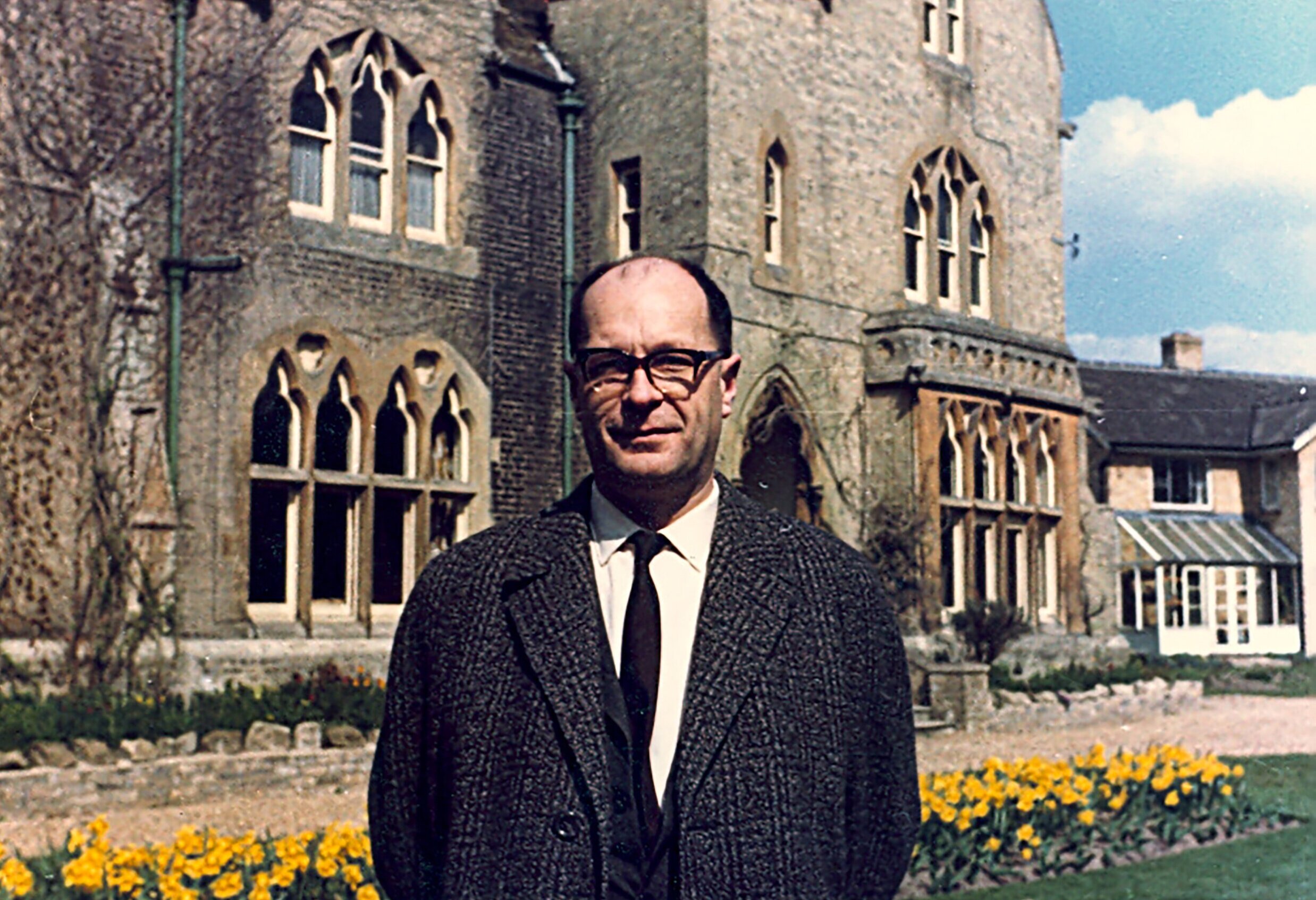
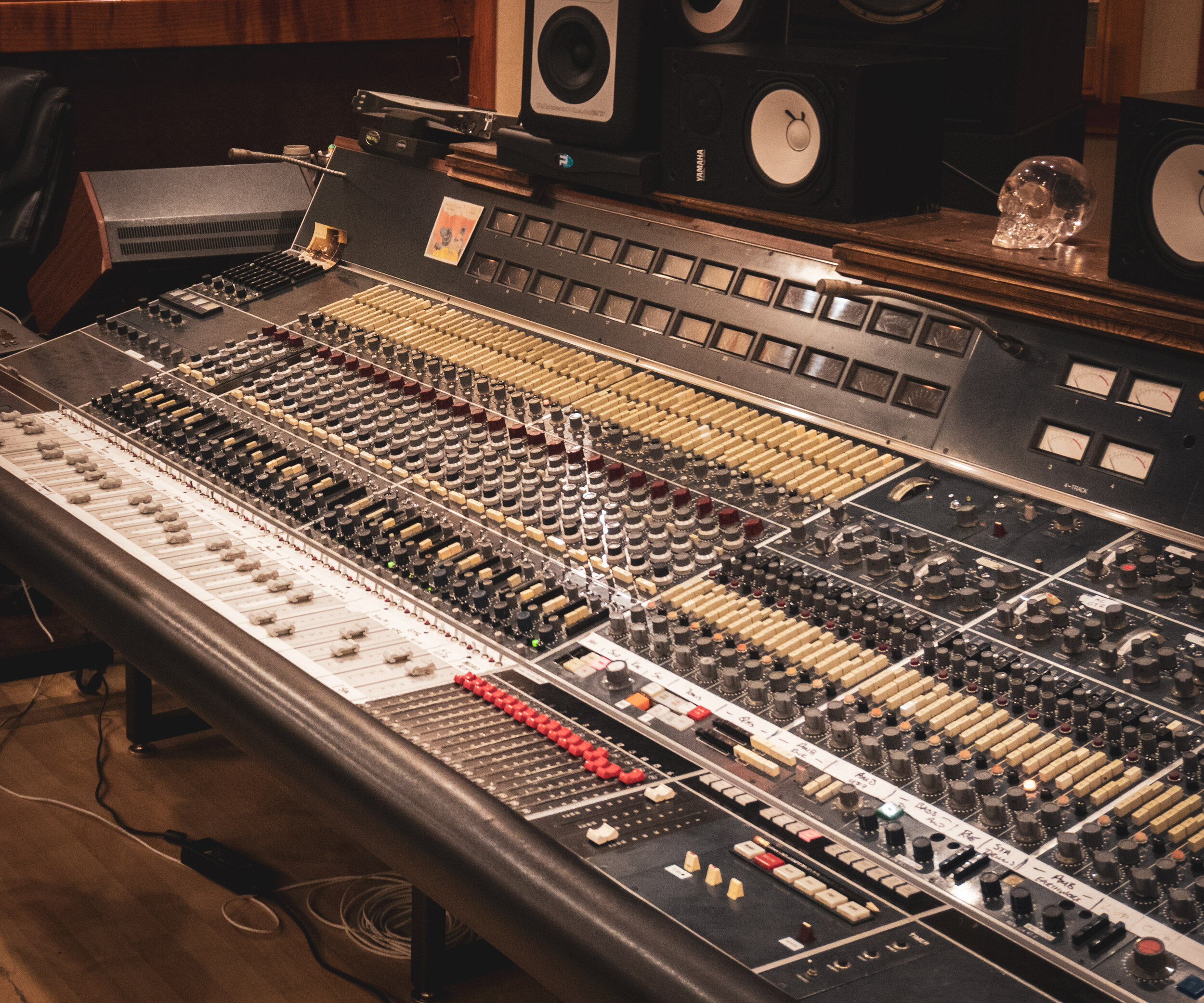
During this time, Rupert helped to create a number of standards affecting how equalizers, compressors, pre-amplifiers, faders, microphones and mixing consoles are used today. The outstanding quality and reliability of these classic Rupert Neve designs has allowed them to stay relevant, and there is perhaps no greater testament to this fact than the hundreds of these early consoles that are still in daily, high-level use fifty years later.

Above: Vintage Neve channel amplifiers.
Main: The famous 8028 from Sound City in Los Angeles, California.
Below: A gallery of vintage Neve consoles and advertisements.






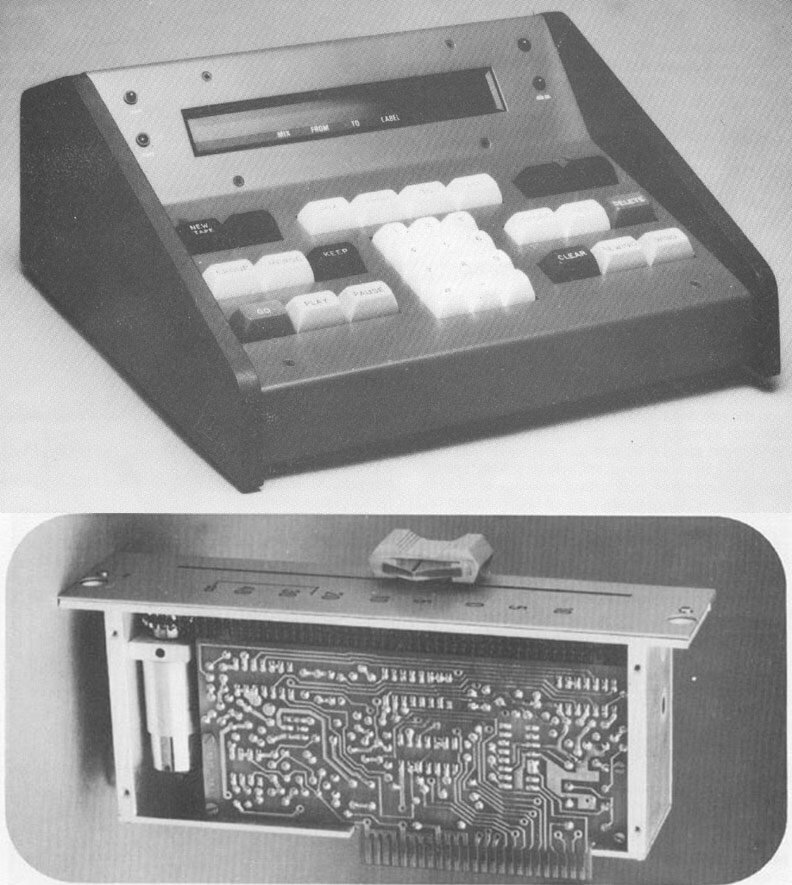






In 1975, Rupert sold the Neve Company and formed ARN Consultants with his wife Evelyn.
Needing new capital to fund the rapid expansion, the Neve Companies were sold to a public British company. Rupert and Evelyn entered into a 10-year non-competition agreement and set up ARN Consultants, dealing in education, sound reinforcement and acoustics.
That public British company went on to be bought and sold a number of times, eventually becoming what is now AMS Neve. Rupert Neve has never designed anything for AMS Neve.
Ten years later:
In 1985 Rupert and Evelyn Neve incorporated a new company called Focusrite Ltd. A new modern range of outboard equipment was launched to meet the demands of the studios such as rack mounted equalizers and dynamics processors, microphone and line driving amplifiers.
Under enormous pressure to go into mixing consoles again and with many promises of support and investment from friends in the industry, Focusrite Ltd accepted orders for eight monster sound control consoles. Though the audio part of the design was complete and proven, the digital control side of the design (outside Rupert’s field of expertise) ran into delays. The company ran out of time and money that resulted in liquidation in January 1989.
Mr. Phil Dudderidge, who incorporated a new company Focusrite Audio Engineering Ltd, bought the assets of Focusrite Ltd and inherited the Focusrite range designed prior to 1989. Rupert has never designed products for Focusrite Audio Engineering Ltd.
Main: A Focusrite Forte console at Master Rock Studios, London. Rupert is third from right, in the red tie.
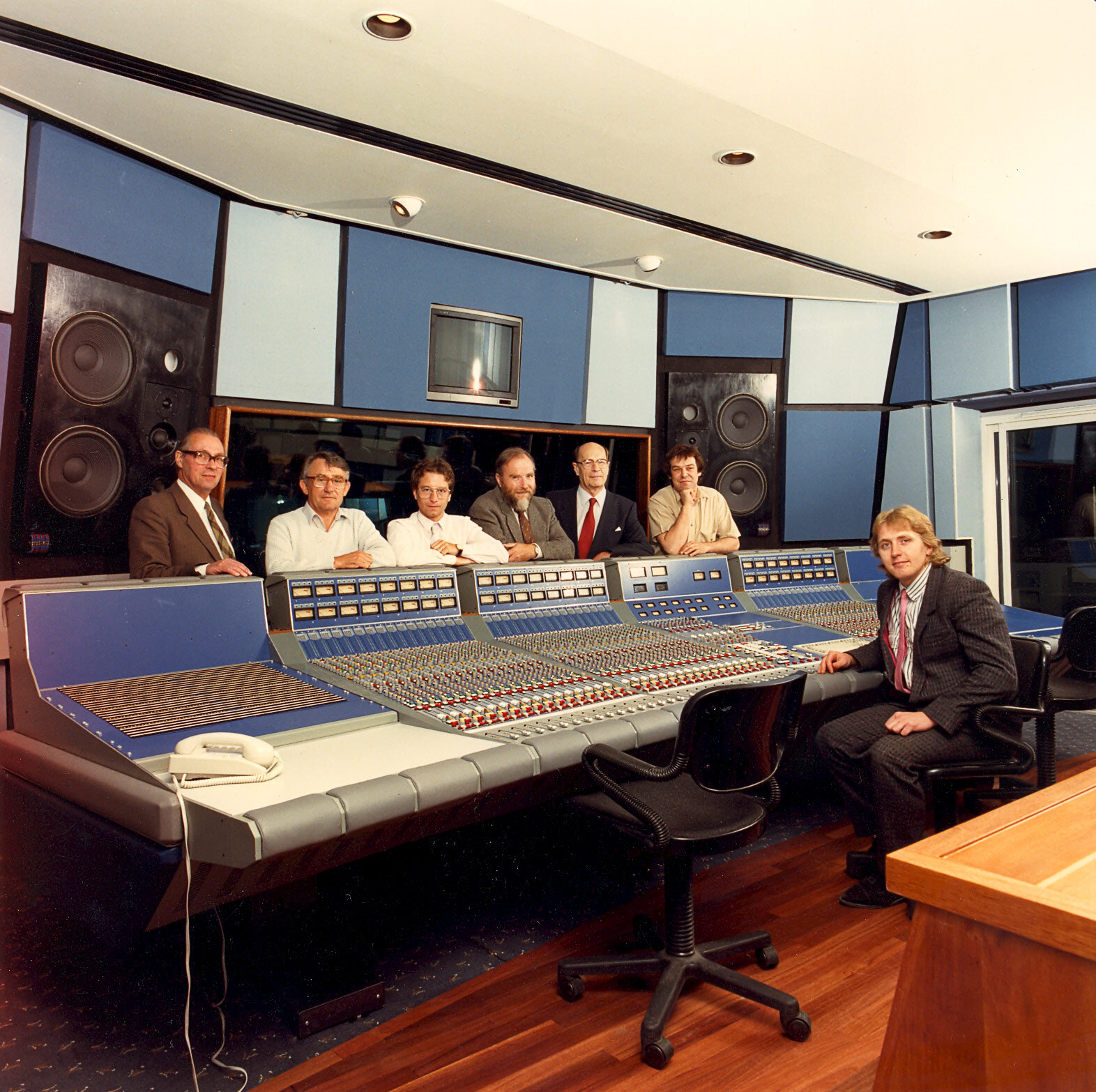

In 1989, ARN Consultants entered into a consultancy agreement with Graham Langley and Nick Franks, owners of Amek Systems and Controls Ltd of Manchester England to design a new range of consoles and outboard equipment.
1993 saw the launch of the System 9098 range of outboard equipment and the 9098 series of console.




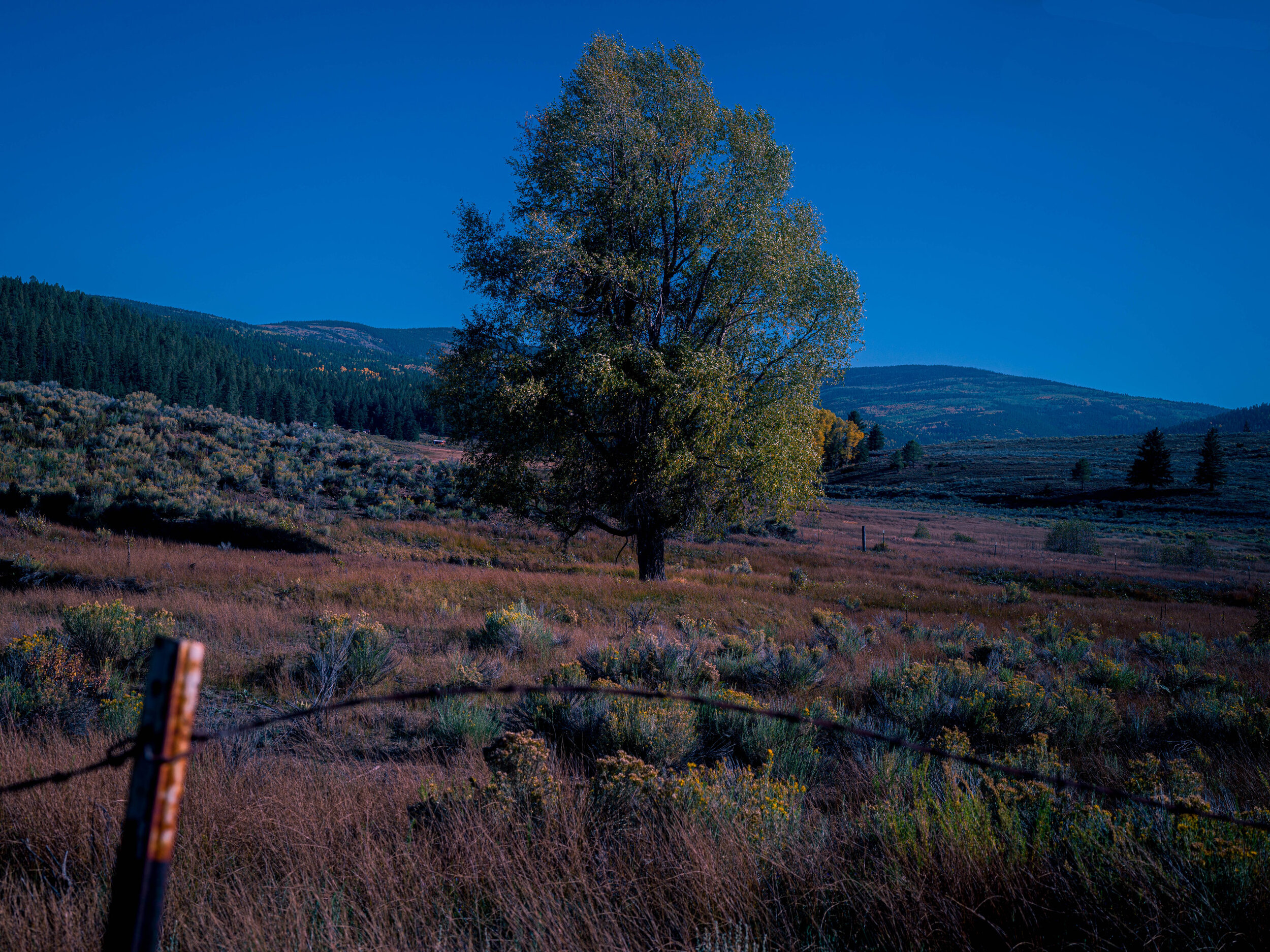
In 1994, Rupert and Evelyn moved to Wimberley, TX.
They became US citizens in 2002.

2005
Rupert Neve Designs was founded by Rupert Neve, Evelyn Neve, and Joshua Thomas.
It is the culmination of over six decades of Mr. Neve’s legendary design work.
With Rupert as their founder and mentor, RND’s team of engineers preserve the revered elements of his most prized vintage designs, while thoughtfully advancing and refining their feature sets to meet the needs of the modern recording engineer. All of the company’s recording and playback equipment is crafted to uphold the very highest standards of musical quality while providing practical, innovative solutions for the engineers, musicians, and audiophiles of today and beyond.
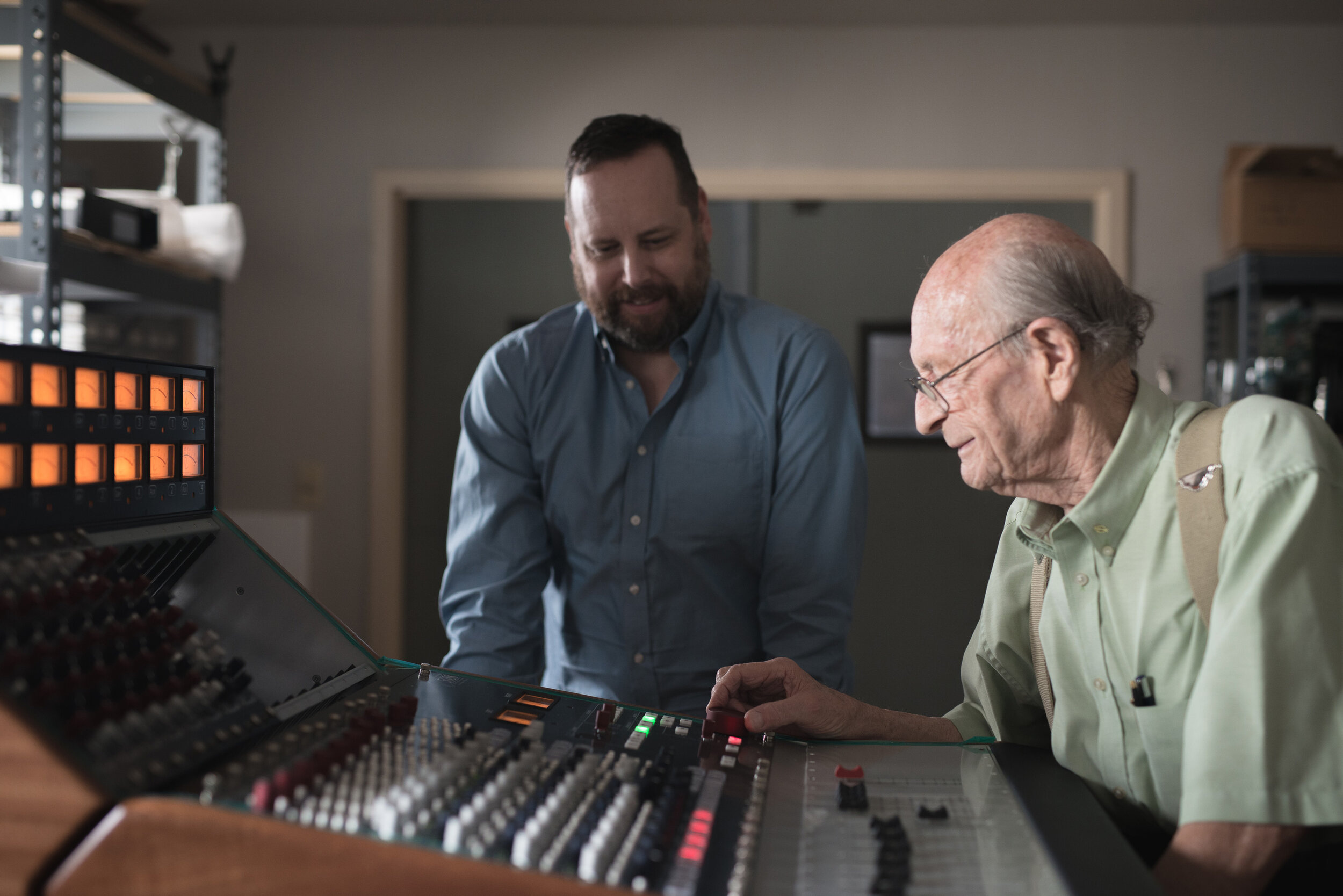
COMPANY MISSION STATEMENT
“Dedicated to harnessing hidden powers of human creativity in electronics, magnetism and sound to enable music to encompass the earth with harmony and joy.”
– Evelyn Neve
In 2005 Rupert Neve Designs began with the original Portico modules, taking concepts he began with the original Neve Company, Focusrite, and AMEK, and combining them into a new line of outboard equipment that took Rupert’s vision of high-fidelity audio and adapted it for a more modular, modern workflow.
The Portico Series was followed by the 5088 mixer – the pinnacle of Rupert’s console design philosophies, and the only modern console with the same level of build quality as his legendary 80-Series consoles from the early 1970s. To this day, those desks are still regarded as perhaps the greatest vintage consoles ever built, and the 5088 is the only console currently in production that carries their design philosophies onwards without compromise. With higher voltage and lower noise than the beloved vintage desks, custom transformers on every single input and output, and a truly stunning amount of headroom, there is nothing else like it being made today.
And with users ranging from Alan Parsons to deadmau5, Historic RCA Studio B to Jack White, the San Francisco Conservatory of Music to Willie Nelson’s Pedernales, the 5088 has firmly cemented its position as the console of choice for artists, engineers, studios and universities who require the best sound quality in the world.
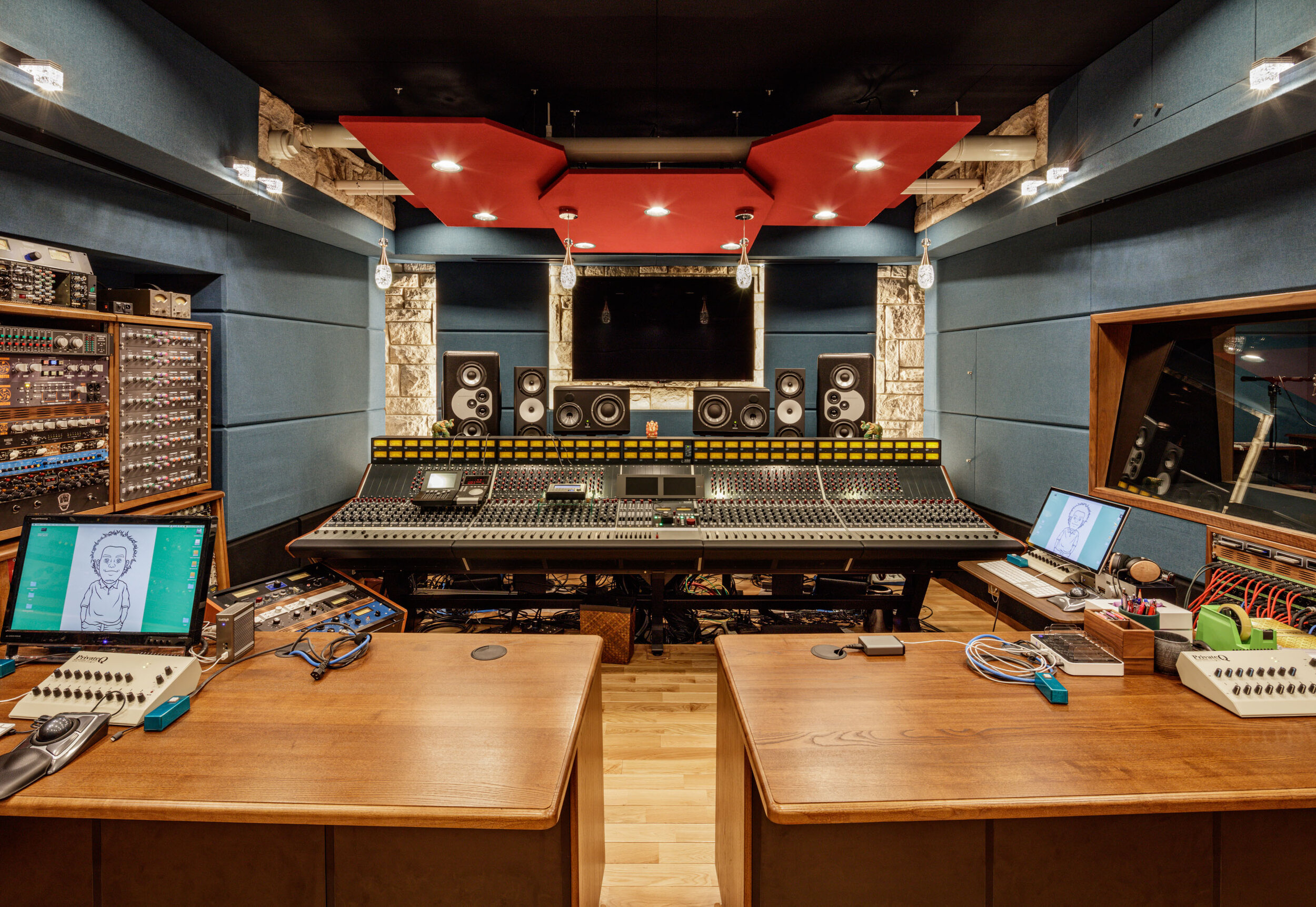
Between 2009 and 2013, Rupert Neve Designs released a number of pieces now well-known around the world: the Portico II Channel & Master Buss Processor, the 5059 Satellite & 5060 Centerpiece, Rupert’s first authentic 500-Series modules, and more. All of these newer modules advanced the concept of the company’s SILK circuit, adding greater levels of sonic flexibility and dramatically enhancing the equipment’s versatility for any source.
2013 added the Shelford Series to the product lineup, bringing even more tonal variety to Rupert Neve Designs’ equipment. The vintage-inspired 5051 Inductor EQ + Compressor, 5052 Mic Preamp + Inductor EQ, and flagship Shelford Channel take all the most desirable elements of the legendary 1073, 1064, 2254 and others, and combine them into far more flexible, versatile, and reliable tools for the modern engineer.
Rupert Neve Designs has also become a fixture of the high-end live sound market with products like the 5045 Primary Source Enhancer, the RNDI family of direct interfaces, and the RMP-D8 Dante® connected mic preamp – the company’s first product with digital connectivity.
Today, our gear is seen on stages all over the world with artists including Justin Timberlake, Beyoncé, The Rolling Stones, Paul Simon, Stevie Wonder, Green Day, Ariana Grande, Depeche Mode, and countless others.
With the launch of the Fidelice® product family in 2019, the company now offers high-end playback equipment for home systems. This truly brought Rupert Neve’s design career full-circle, harkening back to his time with CQ Audio in the 1950s.
And in recent years, products like the Newton Channel and Master Bus Transformer continue to preserve the revered sonic attributes of Rupert Neve’s entire career and adapt them for the needs of today.
"Technology must always be in service of the song & performance. Our job as engineers is to use our creative gifts to help reproduce the full breadth of emotion and meaning as intended by the musicians such that the listener can have a more powerful experience.” – MR. RUPERT NEVE
On February 12th, 2021, Mr. Rupert Neve passed away at 94 years of age.
With the loss of Rupert Neve, our entire industry lost a legend. It would be impossible to underestimate his impact on recorded music.
A full company statement and obituary are available here.
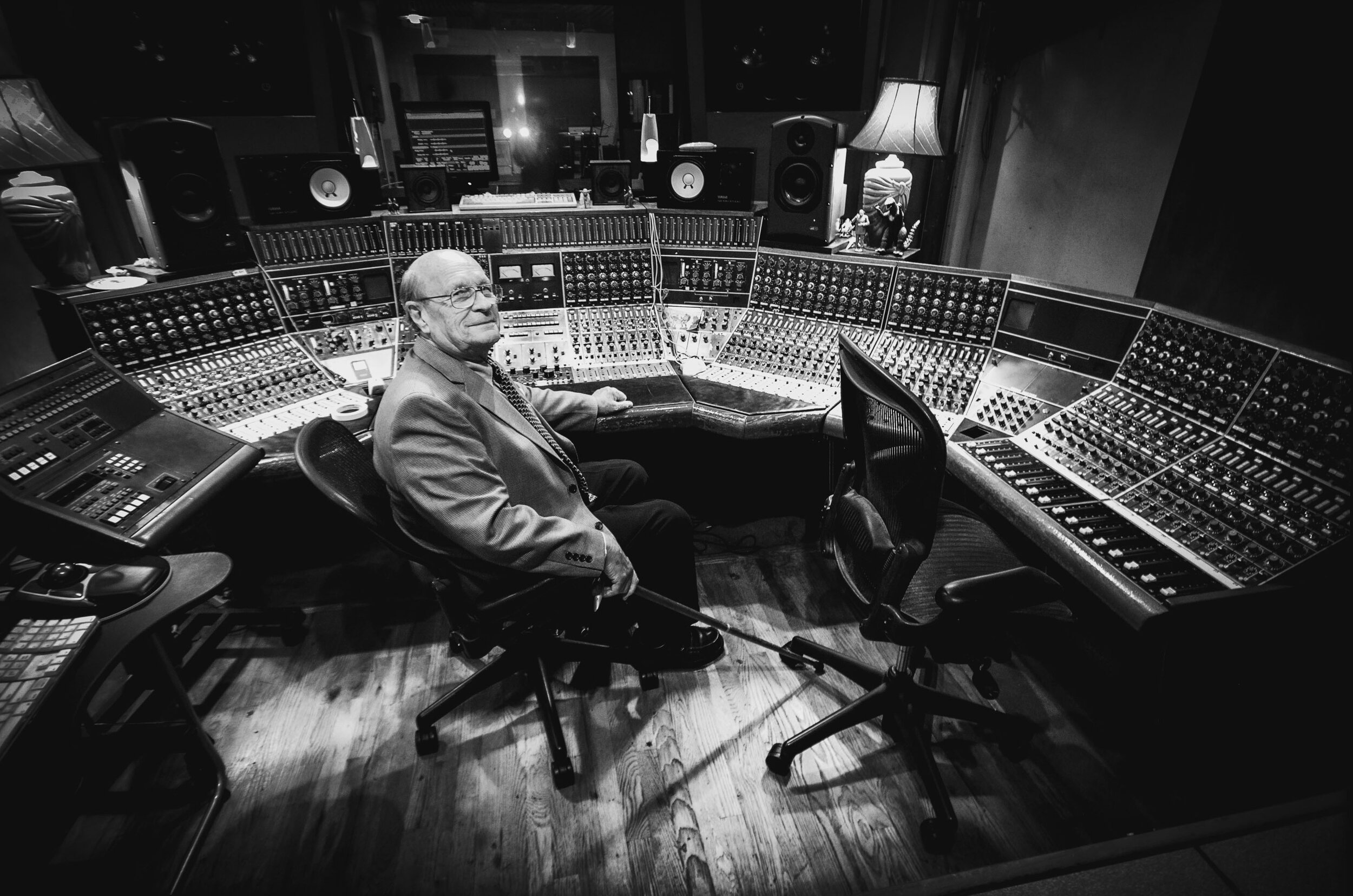
“
I knew and worked with Rupert for nearly 30 years. When Rupert, Evelyn and I sat at his kitchen table and founded Rupert Neve Designs in 2005, he had two goals. The first was to set a new standard in the quality of recorded sound, drawing upon his unparalleled depth of experience to create high-end solutions for the modern recording engineer, musician, and listener alike. The second was to pass on his philosophies, techniques, and methodologies to a new generation of designers to carry his life’s work and passion into the future.
It was always assumed that the company would outlive him on this earth, and for 16 years he poured his energies into creating a team that would become the caretakers of the theories, practices, and ideologies that truly constitute a Rupert Neve design.
All of us at the company are exceedingly grateful for the years of careful instruction and mentoring with which he has blessed us, and we will continue to preserve his legacy in everything we do moving forward.
The world certainly sounds better because he was here."
Josh Thomas, Co-Founder & General Manager
Rupert Neve Designs







